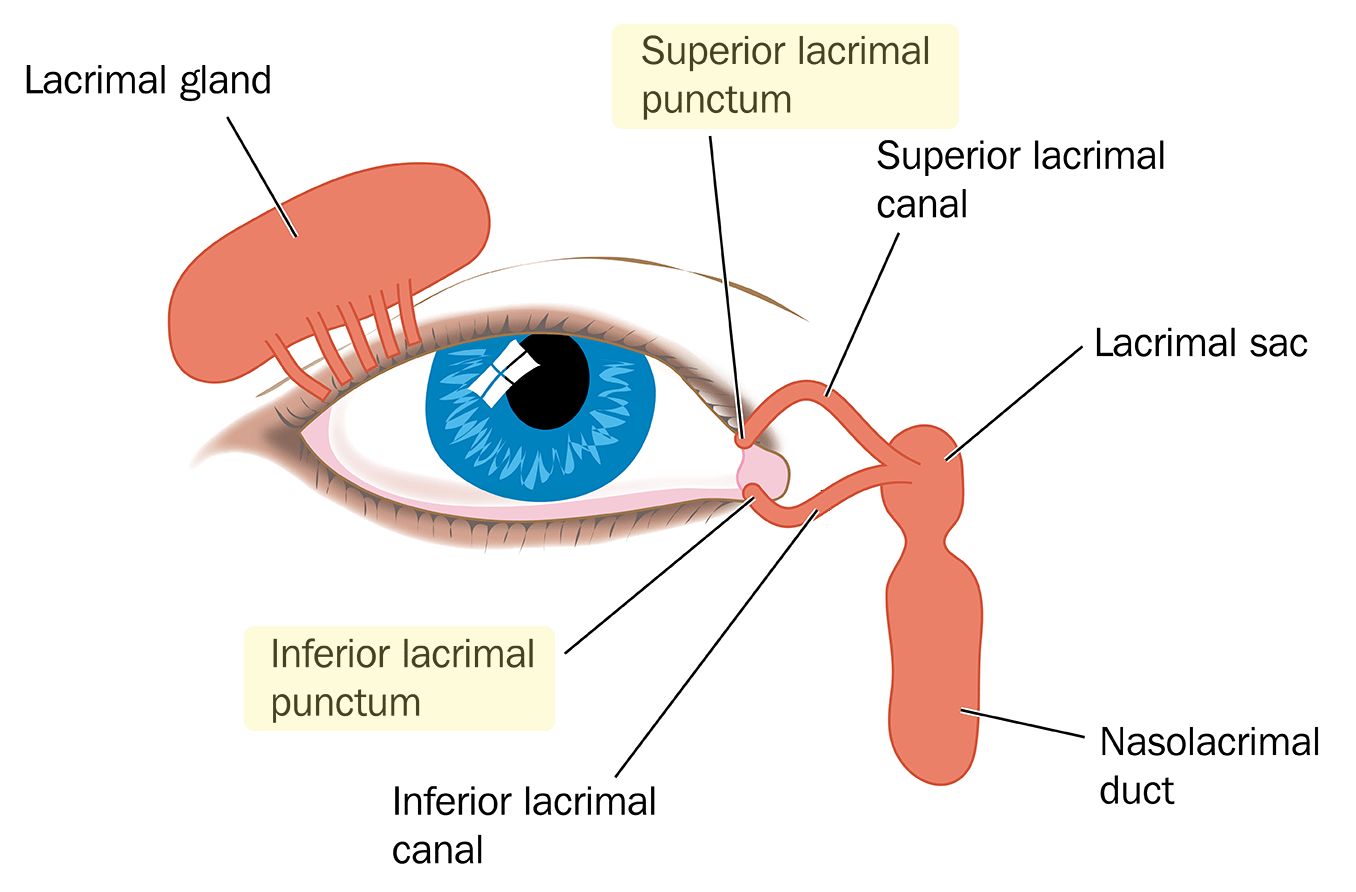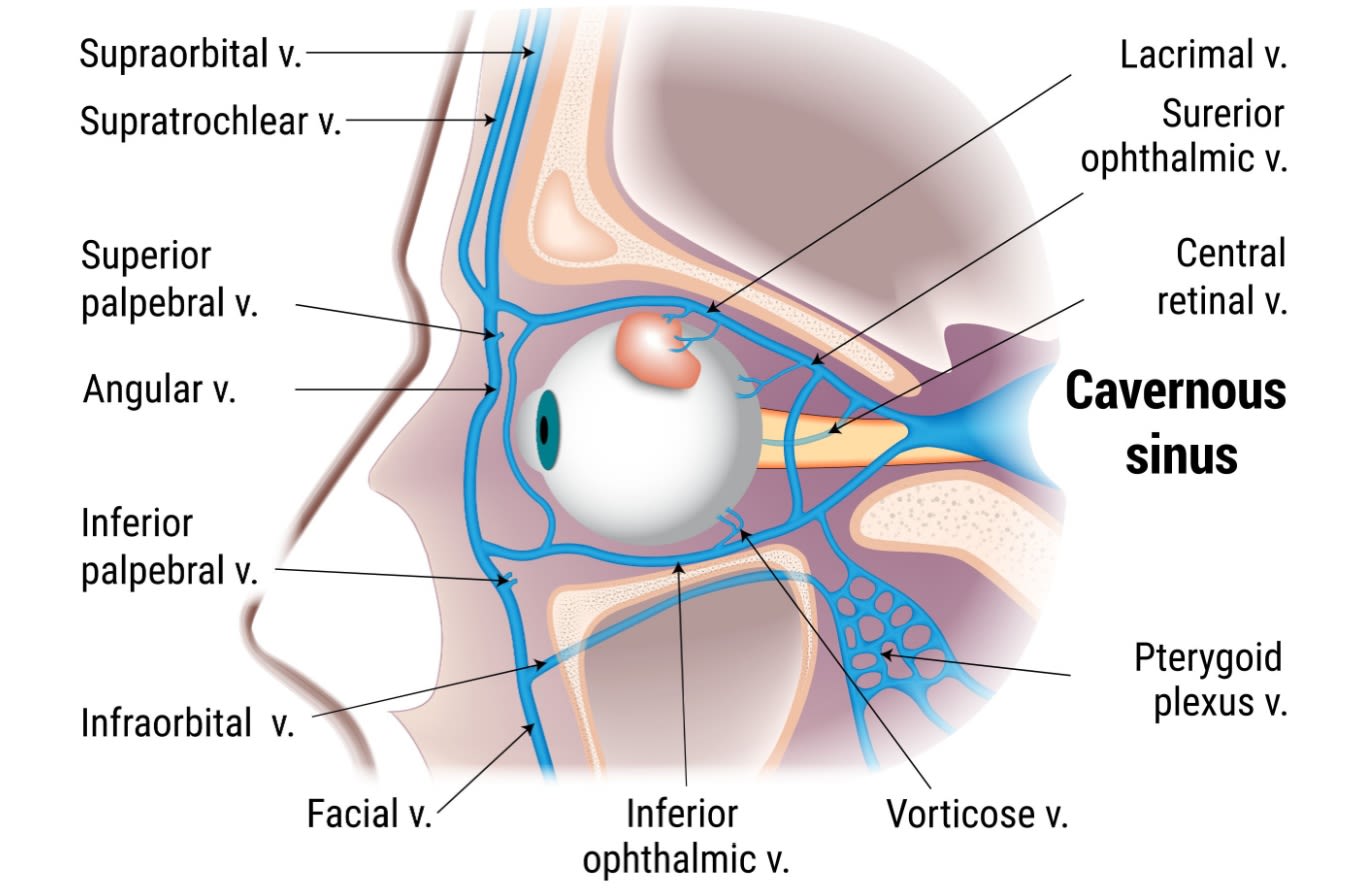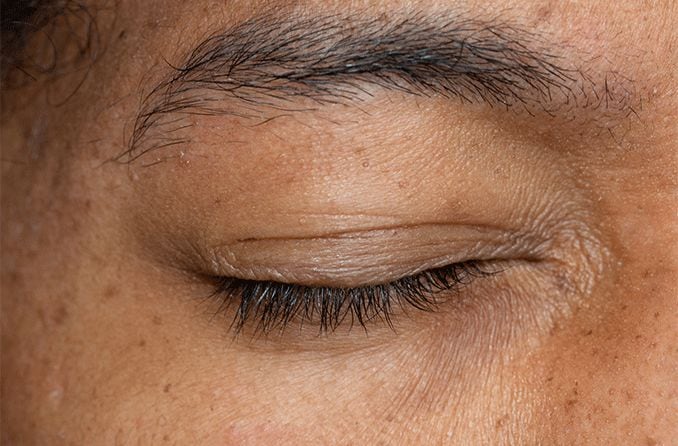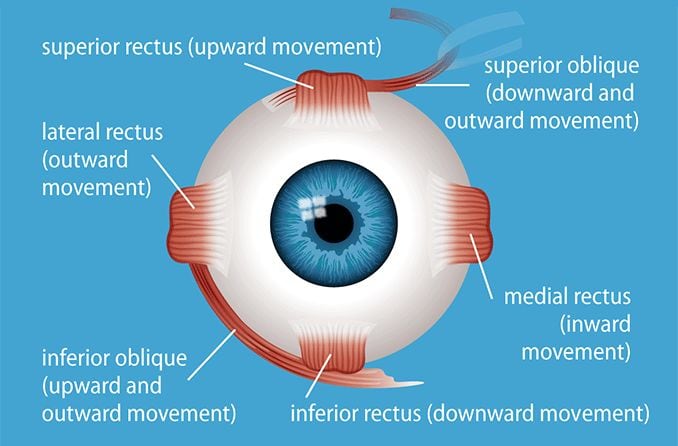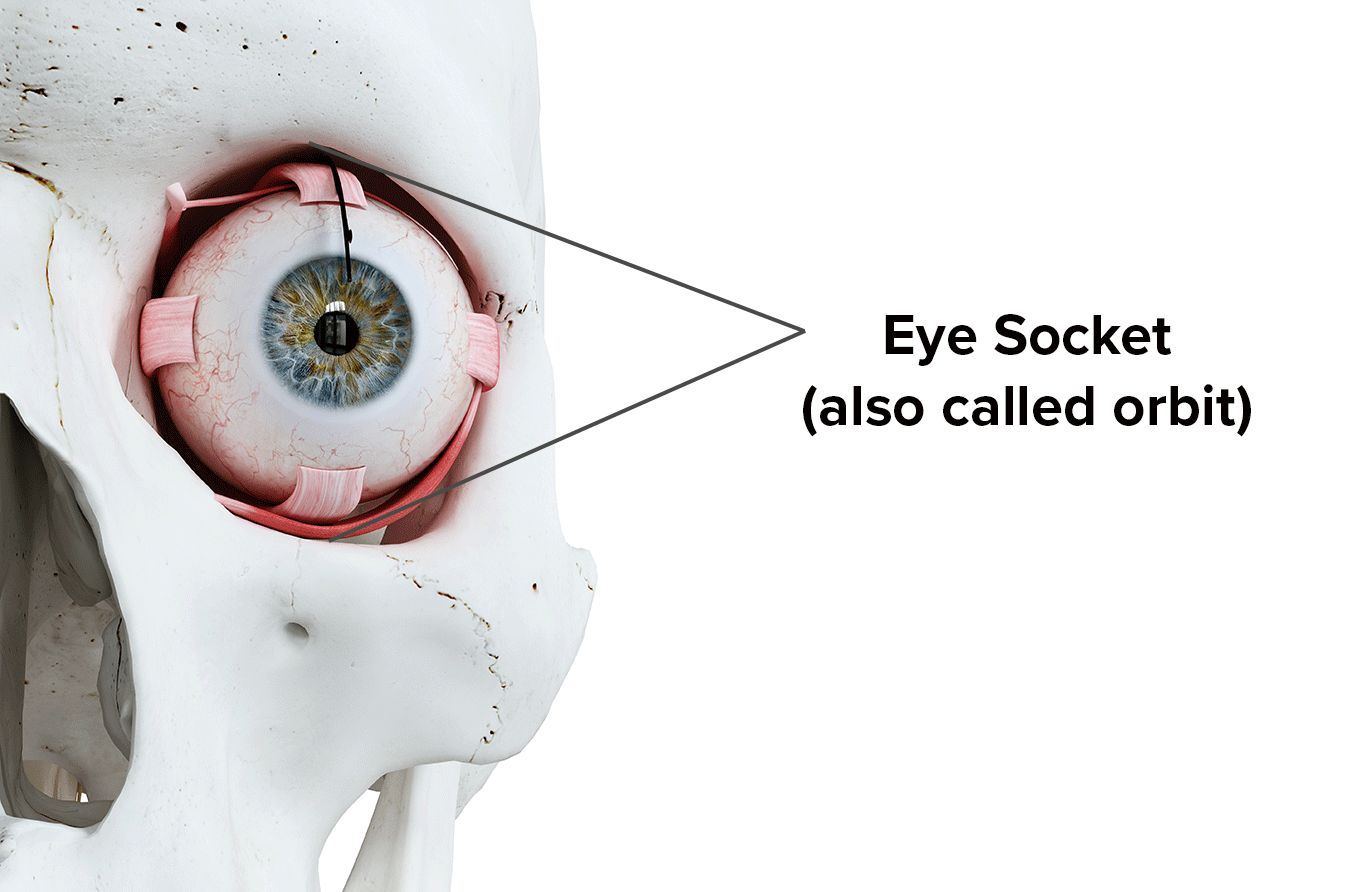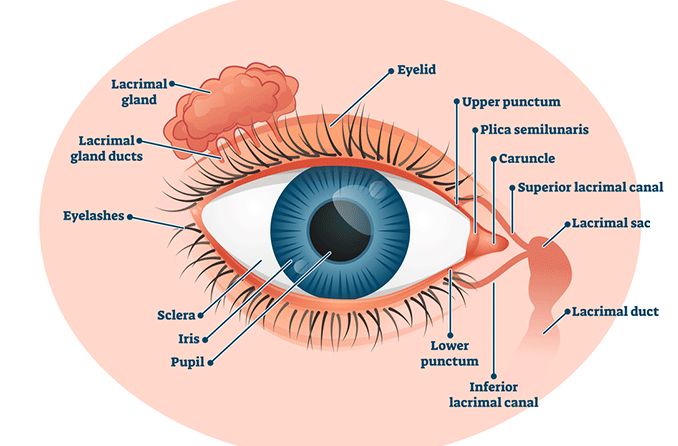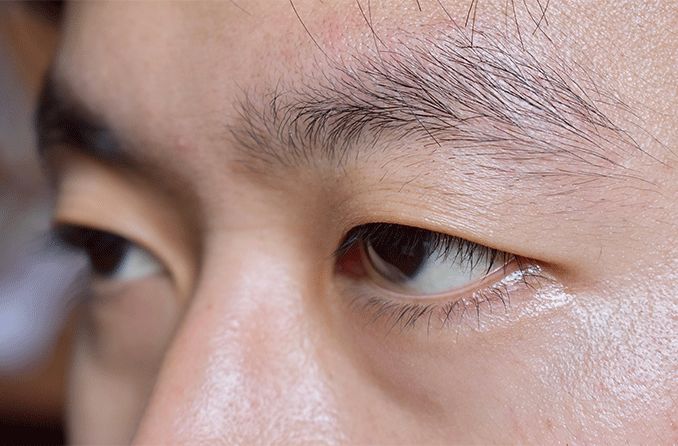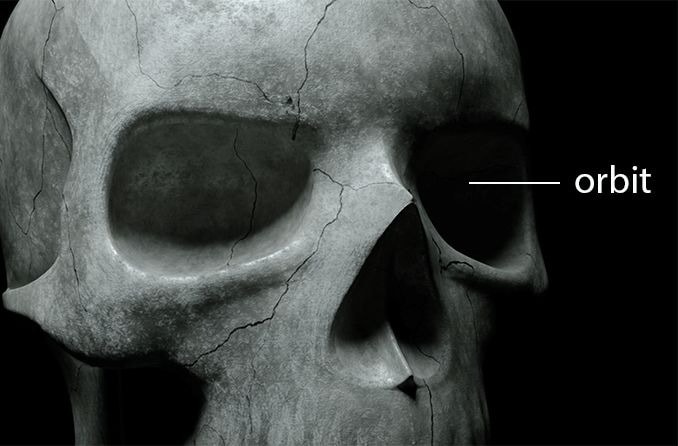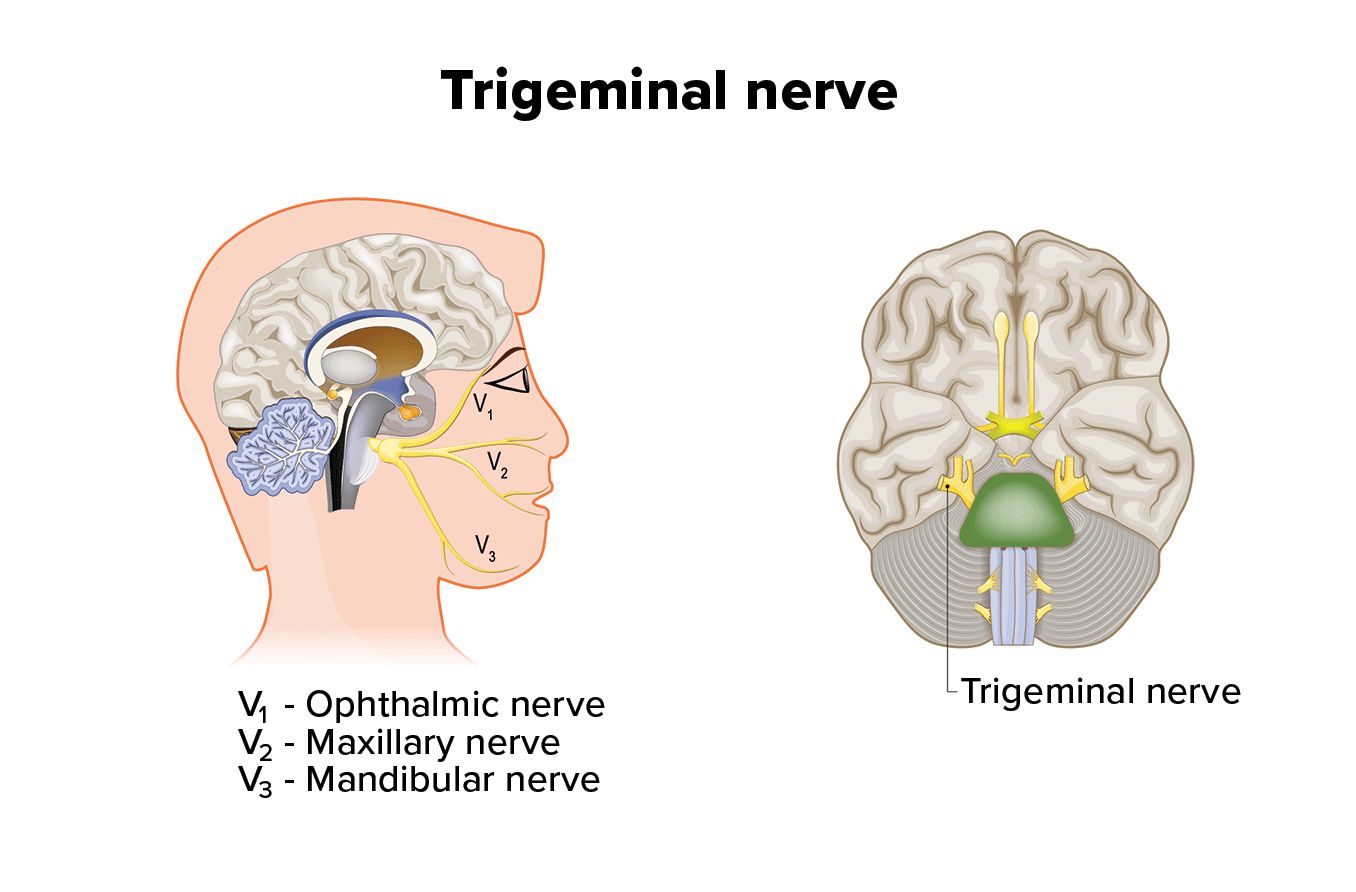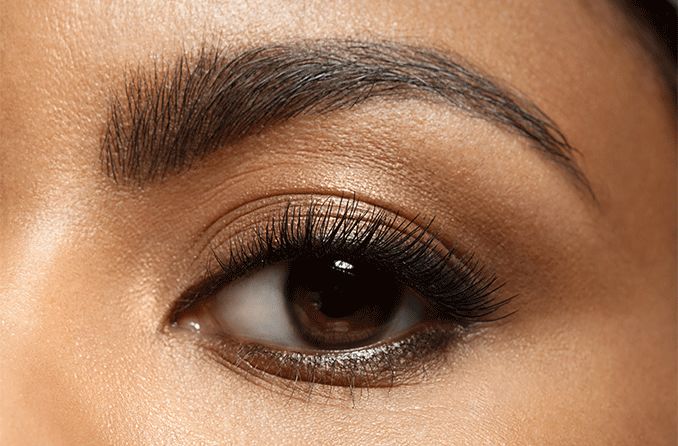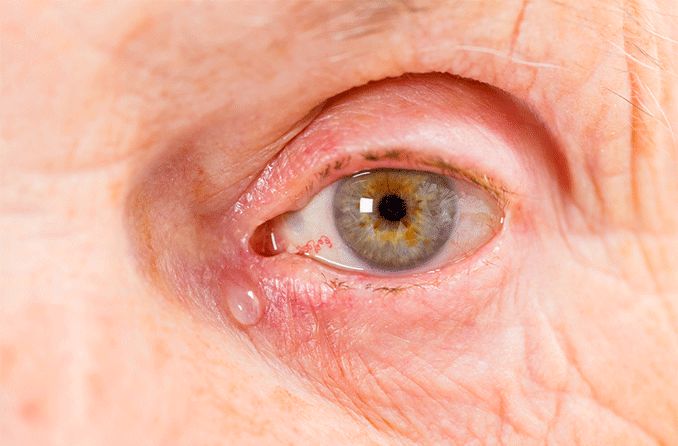What is the punctum of the eye?
The lacrimal puncta are small openings on the upper and lower eyelids. They act as drainage ports for tears. While they are a small part of the tear duct system, they are critical for preventing both dry eyes and excess tears.
Lacrimal punctum anatomy
The lacrimal puncta are part of the nasolacrimal system. This system is responsible for keeping the eyes properly lubricated. There are two puncta in each eyelid — an upper and a lower. They sit directly in the upper and lower corner of the eyelid closest to the nose.
The upper punctum is located on the edge of the top eyelid while the lower punctum is located on the edge of the bottom eyelid. This means that the puncta mirror one another.
The puncta are angled toward the eye’s tear meniscus, or tear lake. This is the pool of tears that rests along the lower eyelid. Each punctum acts as a port for draining excess tears.
They are the openings for the canaliculi (pronounced “can-uh-lick-you-lie”), two tubes that form a c-shape and connect to the lacrimal sac. The lacrimal sac then tapers into the lacrimal duct, or tear duct, and into the nasal cavity.
Lacrimal punctum function
The lacrimal puncta act as the first step in the eyes’ tear drainage system. The lacrimal glands, located under the upper eyelid, create tears to help lubricate the eyes.
When the eyes close and the puncta are brought together, excess tears are pulled through the puncta and into the canaliculi. From there, the tears drain into the lacrimal sac and then into the nasal cavity. When the eyes open back up, the puncta pull apart and more tears are drawn from the menisci to the puncta.
Conditions that affect the lacrimal punctum
There are a handful of conditions that can affect the puncta. All of these conditions can lead to either dry eyes or excessive tearing due to the negative impact on tear drainage.
Dry eye
Dry eye is a common condition that occurs when the eyes don’t produce enough tears, or produce the wrong kind of tears. While the puncta aren’t directly responsible for dry eyes, one treatment option for this condition is the insertion of punctal plugs.
These are tiny plugs that can be placed into the puncta to prevent tears from draining. This, in turn, can help keep the eyes better lubricated.
There are both temporary and semi-permanent punctal plugs. The temporary plugs are dissolvable, which allows individuals to test them and see if they help. This type of plug is also commonly used after LASIK surgery to help keep the eye moist during recovery.
Semi-permanent punctal plugs are created to last several years. However, they can be removed by an eye doctor.
Excessive tearing
Because they are so small, it can be easy for the puncta to be blocked. Swelling from a nearby infection can prevent tears from draining through the puncta.
When this happens, the tears have nowhere to drain, leading them to overflow. This is called epiphora. Epiphora can also occur when too many tears are produced.
Punctal stenosis
Punctal stenosis is a condition in which the puncta are narrowed or blocked. While there are several causes of punctal stenosis, the most common cause is blepharitis.
Blepharitis is a condition that leads to redness, itchiness, swelling and crusting of the eye. Other potential causes of punctal stenosis include:
Ectropion – a condition in which the lower eyelid droops outward
Inflammatory conditions
Topical medications, such as for glaucoma
Unknown causes
Punctal stenosis is often accompanied by excessive tearing, eye pain and redness. There are multiple treatments available, all aimed at re-opening the puncta to allow for better drainage.
Congenital anomalies
In rare cases, it is possible for someone to be born with either missing puncta or extra puncta.
For those born with punctal agenesis, they may be born with either one or both puncta missing from the eye. In many cases, the canaliculi are also missing. Surgery is often required to help create tear drainage.
Supernumerary punctum occurs when an individual is born with more than one punctum on a single eyelid. While this condition is usually asymptomatic, it can cause dry eye or epiphora due to the increased drainage. This can also lead to faster clearing of topical medications or diagnostic agents.
